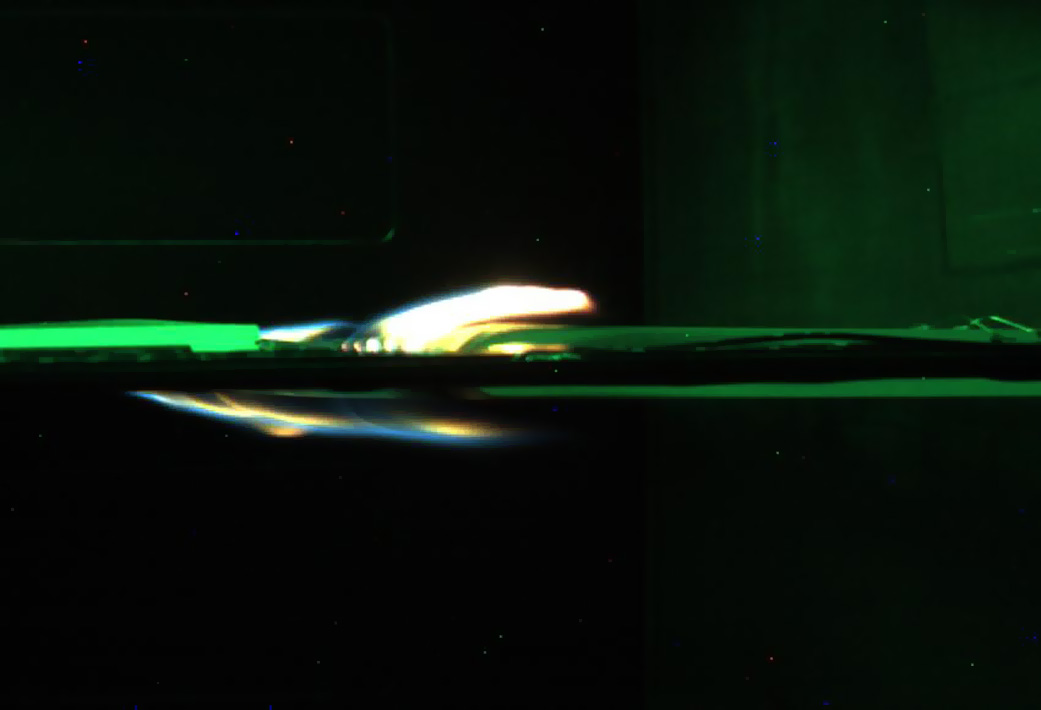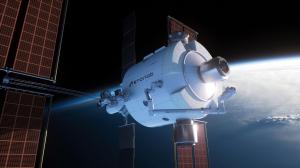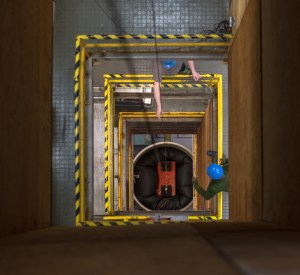NASA ignited another set of space fire experiments last week when Saffire IV lit a number of longer, stronger flames inside Northrop Grumman’s Cygnus cargo spacecraft. Saffire, NASA’s Spacecraft Fire Safety Demonstration Project, is a series of six experiments that investigate how fires grow and spread in space, especially aboard future spacecraft bound for the Moon and Mars.
Just like Saffires I, II and III, the researchers began the experiment in Cygnus after it completed its primary International Space Station resupply mission and departed to a safe distance away from the station.
One of the unique features of Saffire IV, is that after two material burns, a carbon dioxide scrubber and smoke eater were used to remove particulate and carbon monoxide. The instrument to monitor combustion gases and the smoke eater filter are prototypes of what will be used on the Orion spacecraft.
“We want to take what we learned from the first three Saffire experiments and see how flames spread and grow in other spacecraft conditions,” says Gary Ruff, Saffire project manager at NASA’s Glenn Research Center in Cleveland. “We also loaded Saffire IV with more diagnostic equipment to see how effectively we can detect fires, measure combustion products, and evaluate future fire response and clean up technologies.”
Saffire, built by Zin Technologies, Inc. in Cleveland, is equipped with numerous sensors that detect oxygen and carbon dioxide levels, smoke concentration and diameter, and temperatures at different places in the Cygnus vehicle. Four cameras were mounted inside to show the size and spread of the flame.
The first three Saffire experiments had limited-sized fires and examined ignition and spread over similar materials. Results showed that flames spread quickly and achieved a steady size and burn rate, unlike here on Earth where flames tend to continue to grow. Scientists also learned that the size of the spacecraft had more effect on the fire than anticipated.
Saffire’s most important goal is to understand fire behavior in space so safety measures can be developed to deal with fire emergencies, when astronauts do not have the option to exit spacecraft or quickly return to Earth. Imagery and data returned from the Saffire investigations will be important for Artemis missions to the Moon and future missions to Mars.
Two additional Saffire experiments are scheduled for this October and March of 2021, as NASA continues to develop safer ways to operate future crewed exploration missions.
Nancy Smith Kilkenny
NASA Glenn Research Center





























